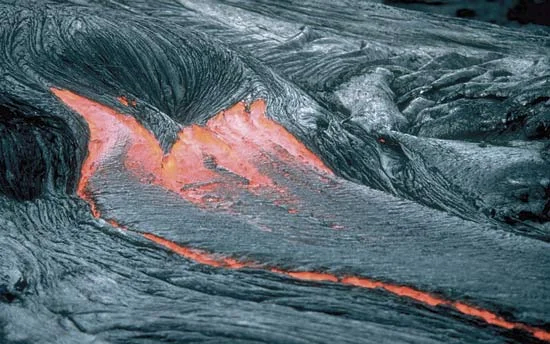Hawaii View Establishments by Hawaii Cities

The Green Book in Hawai’i, a resort destination:
The first tourist guides about Hawai’i were published in 1875 and 1883 when Hawai’i was an independent kingdom that had been ruled by monarchs since 1400 when King Kamehameha overpowered the chiefs who ruled Oahu. In 1898, Hawai’i became first a protectorate and then a territory of the United States and was admitted to the Union as a state in 1959.
Hawai’i remained an exotic location for most mainland residents until the start of World War II. Because of the battles fought in the Pacific Theatre, African American marines, sailors and soldiers frequently passed through Hawai’i. By the early 1950s, African American newspapers such as The Chicago Defender and The Stockton (CA) Record advertised tours to Hawai’i for middle class tourists. Although The Green Book advertised resort locations in Alaska, Canada and Mexico, Hawai’i was not listed during the time that Victor and Alma Green published The Green Book between 1937 through 1962. After Mrs. Green sold the publication in 1963, the new publishers included hotels on each island that would accept African American tourists.
Traditionally, Hawai’i had a small African American population, but the larger ethic groups represented in the Island’s population included Chinese, Japanese, Asian Indian and Pacific Islanders from the Philippines, Samoa and Tahiti. The diverse population helped to reduce the discrimination that African Americans faced at hotels and restaurants on the mainland. All of the hotels that The Green Book listed in between 1963 and 1967 were “luxury resort” hotels which provided high-end facilities and experiences for middle class tourists.



